Unveiling the Main Course: Xiaomi YU7 Cannot Afford to Fail
![]() 05/26 2025
05/26 2025
![]() 575
575
What Xiaomi refrained from mentioning at the press conference is the true strategic layout.
Amidst a storm of public opinion and skeptical voices, Xiaomi Group held the debut event for YU7 on the evening of May 22. To ensure YU7 received the utmost attention, Xiaomi even unveiled its trump card: the self-developed 3nm chip.
After a year of smooth sailing, Xiaomi's automotive venture encountered its biggest setback since inception. Public sentiment shifted abruptly from universal acclaim to widespread criticism, vividly illustrating society's harsh judgment of Xiaomi.
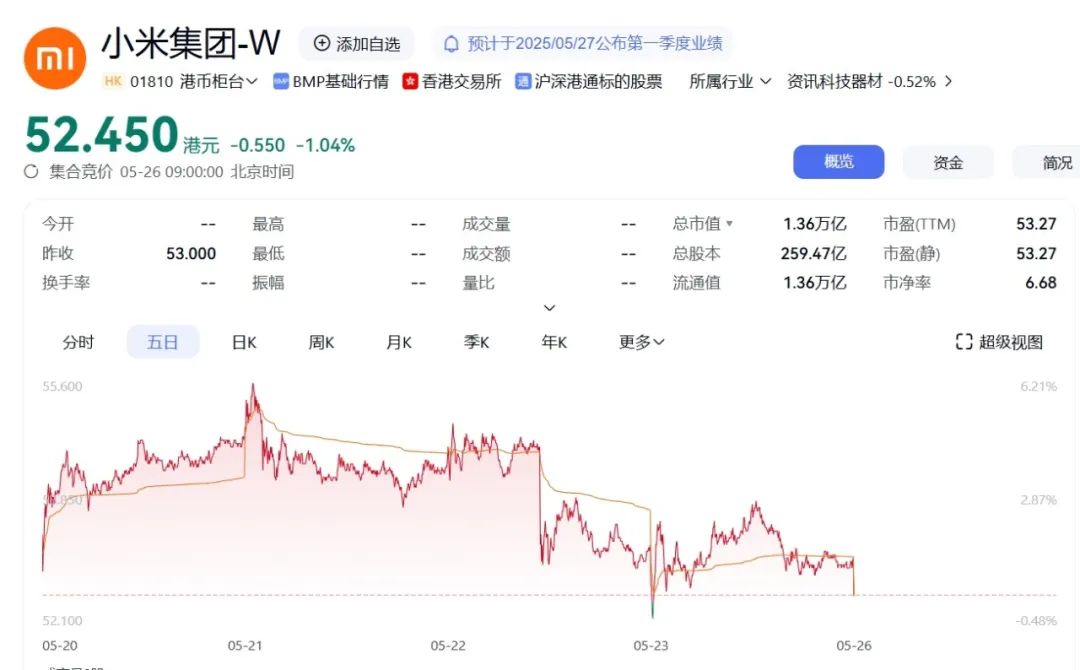
It's unclear whether Xiaomi YU7's debut at this press conference adhered to the established schedule. Nonetheless, Xiaomi needs to convey a clear message to the outside world: whether its automotive business requires a slowdown and a comprehensive rectification phase.
From a market perspective, the capital market is eagerly anticipating the launch of Xiaomi YU7. Even Lei Jun's Weibo post prior to the press conference, stating that there would be no information on YU7's price and pre-sale that night, caused Xiaomi Group's share price to plummet.
The Final Piece of the Xiaomi Ecosystem Puzzle
Before delving into Xiaomi Automobile, let's first examine the appetizer Xiaomi prepared for YU7: the country's first self-designed 3nm mobile chip, Xuanjie O1.
This chip is currently the most talked-about and controversial topic on the internet. Many believe that Xiaomi designed a flagship-level SOC chip in just a few years, suggesting some underhanded dealings behind the scenes.
Particularly against the backdrop of domestic chips constantly being throttled, the emergence of Xuanjie O1 is akin to a developing country suddenly possessing nuclear bombs without making a sound; there must be external intervention.
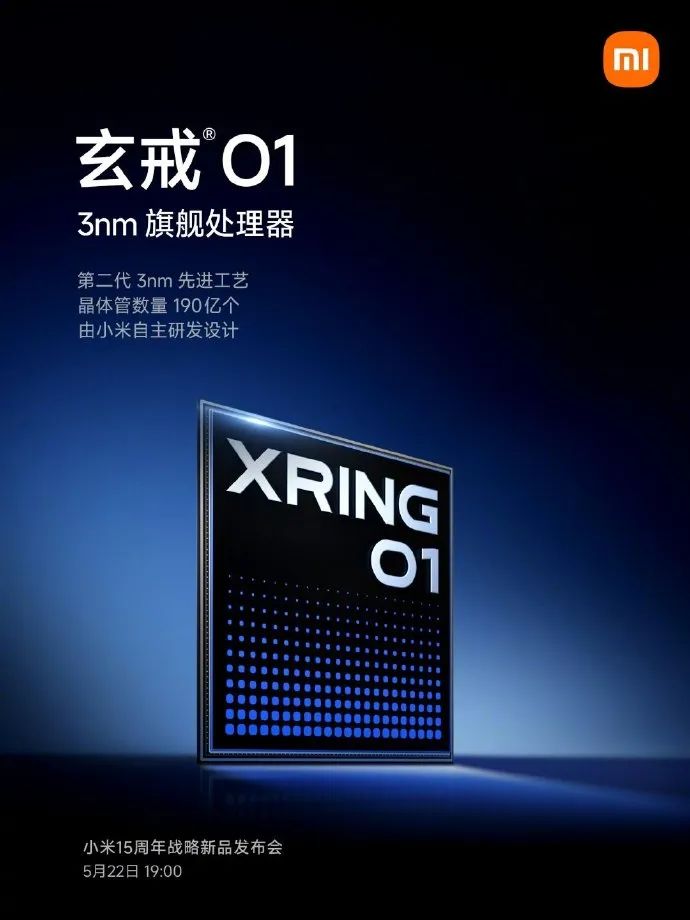
However, based on current results, Xiaomi's chip is definitely free of issues. The conclusion is straightforward: China has the capability to design mature 3nm mobile chips, and design and research and development account for no more than 10% of the entire chip industry.
From a timing perspective, Xiaomi's restart of chip self-development coincided with a new wave of development in China's chip design industry. In 2021, companies like Xiaomi and Huawei were sanctioned by the US, making self-development the mainstream for domestic mobile phone manufacturers at the time. Mobile phone manufacturers including OPPO, TCL, and Meizu all embarked on a new wave of self-developed chips.
However, due to changes in the market environment, self-developed chips have gradually been marginalized due to their long investment cycles and slow profitability, leading to even layoffs. Zeku, regarded as a "star enterprise" in the field of domestic high-end chip design, announced its dissolution in May 2023.

Meanwhile, under the influence of external factors, the flow of talent in chip design has also increased. For example, many employees from Huawei Hisilicon have jumped to companies like OPPO, Unisoc, and MediaTek. Of course, some have also flowed to Xiaomi's chip design company.
As a major technology company, Xiaomi's mobile phone business has reached third place globally, trailing only Apple and Samsung. It needs a self-developed chip to support its future strategic layout. Furthermore, Xiaomi, which has embarked on automobile manufacturing, also needs the support of self-developed chips akin to Tesla.
More importantly, for Xiaomi's ecosystem, chips are the final piece before achieving a closed loop. After realizing the closed loop of the "human-car-home" smart ecosystem, Xiaomi needs to solve the closed loop of the underlying software and hardware ecosystem, gradually transitioning from multiple chip suppliers to a unified state of self-developed chips. The market has also proven that the added value brought by self-developed chips is much higher than anticipated.
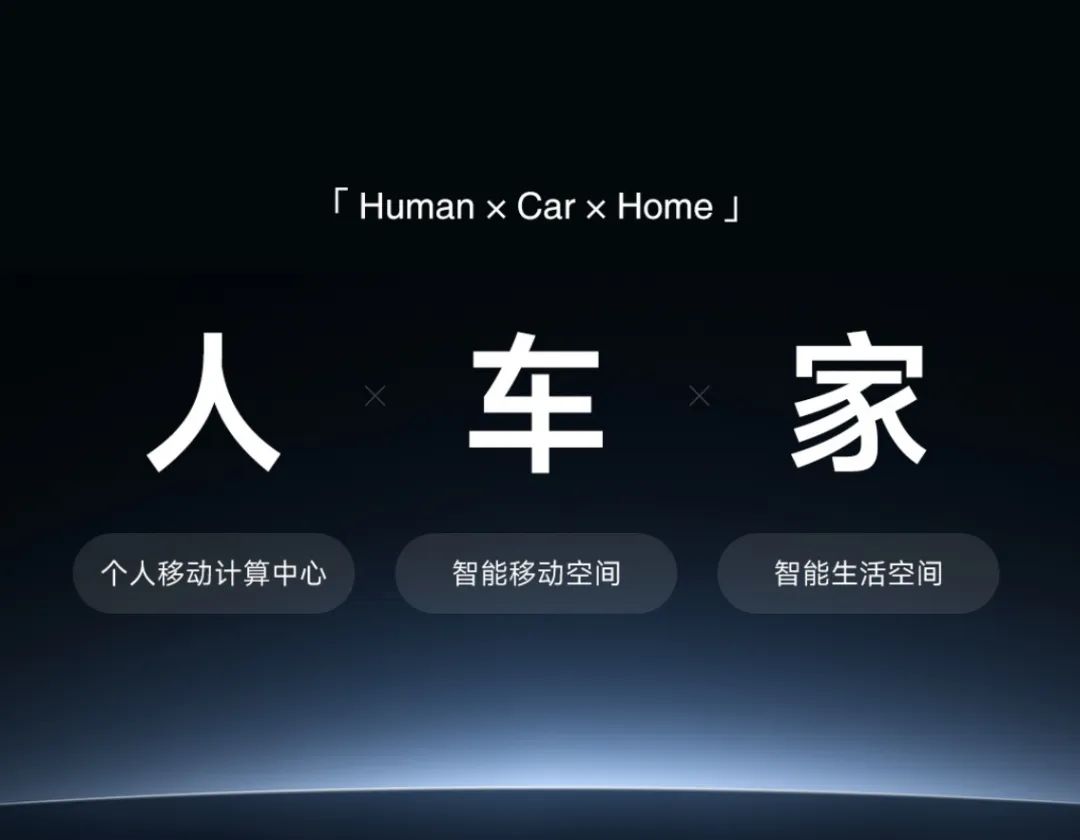
As for the controversial aspects of this chip, it is currently certain that with official endorsement, this chip is indeed self-developed by Xiaomi. And from numerous professional analyses, the degree of self-development is quite high. Of course, this is also due to the improvement of the entire chip industry's design capabilities.
Regarding manufacturing, TSMC's second-generation 3nm process has also been confirmed. Especially with the decline in global mobile phone shipments, Apple, which previously shared TSMC's advanced process capacity, reduced its shipments in 2024. TSMC needs someone to take over the spare capacity, and Xiaomi's involvement is very reasonable. After all, making money is the bottom line.
YU7 Debut
YU7 has also attracted much controversy, especially during its debut. Similar to SU7, its appearance evoked a sense of déjà vu, making this SUV model inherently topical.
Interestingly, this time Ferrari did not respond as generously as Porsche, using "good design always speaks the same language" to reassure, but chose to respond to Xiaomi YU7's so-called originality with a post.
Borrowing is never a problem, especially when pursuing parameters such as performance and wind resistance. Xiaomi Automobile, which has only been established for four years, does not yet have the time to develop its unique design language. Similarity in appearance is inevitable, and this problem also exists in other brands.

Ferrari's harsh response may be due to Xiaomi constantly emphasizing originality while avoiding acknowledging borrowing from classic models, which makes Ferrari unable to stand it. After all, it's difficult for the two sides to compete for the same user group.
Entering the interior, one can also see the shadows of many competitors. For example, Xiaomi YU7's Skyline Screen panoramic display system is very similar to the design on BMW's new-generation concept car. It is even more evident when comparing it to previous designs seen on the Lotus ELETRE and AITO 12.
But just like mobile phones, when the market supply chain matures, almost all mobile phone screens are full-screen with a punch-hole. Apple's design is just a slightly larger punch-hole, and there is no patent infringement or copying.
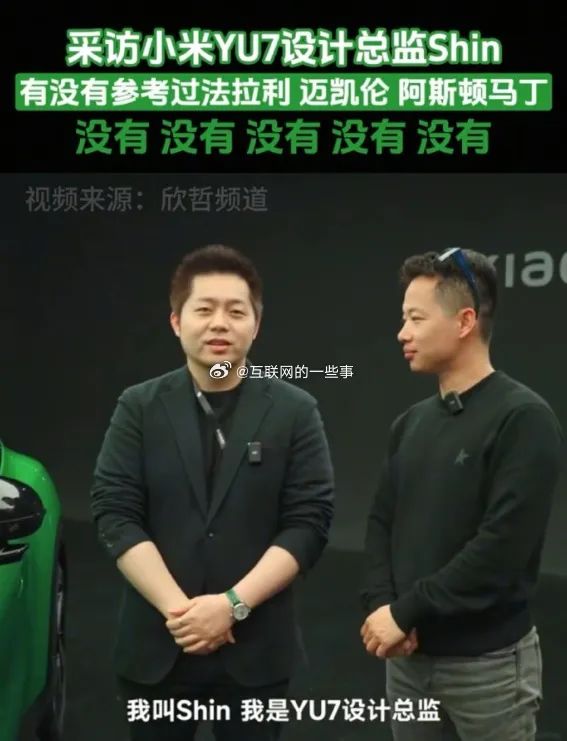
More importantly, although the designs are similar, Xiaomi leverages its software development capabilities to provide users with various customizable usage methods, enhancing the portability of hardware use.
Although Lei Jun deliberately avoided mentioning the SU7 accident at this press conference, one can see that Xiaomi has learned from its mistakes in automobile design with YU7.
First is the vehicle's air duct design. Each of the 10 sets of through-type air ducts serves a purpose. It is specifically mentioned that the clamshell aluminum hood can reduce the vehicle's wind resistance by 2 counts. Moreover, the specific parameters for reducing wind resistance in over 40 details are indicated to avoid controversies similar to those surrounding the SU7 Ultra.
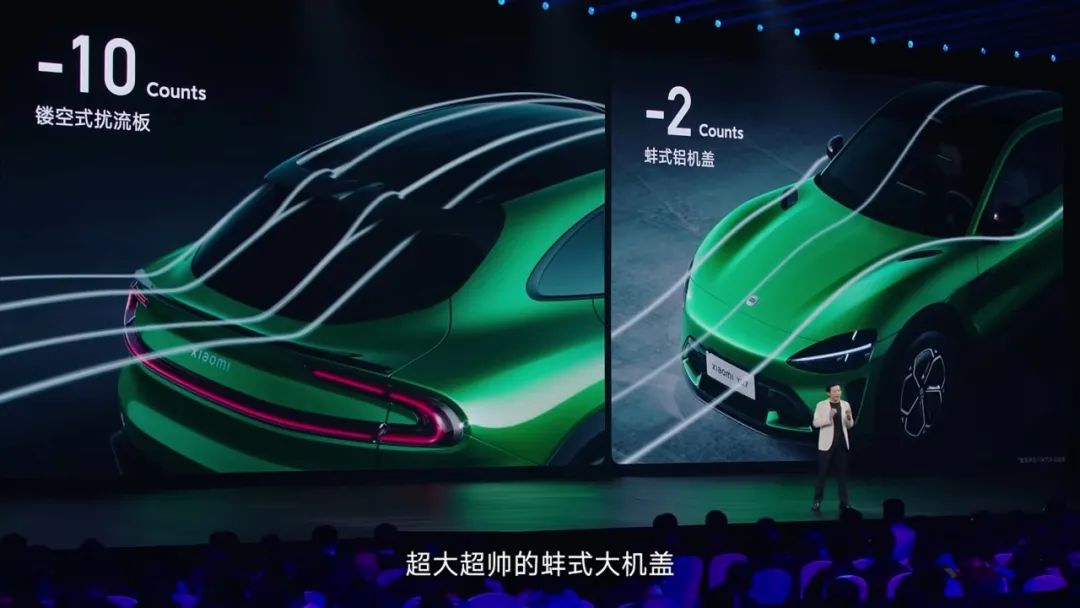
In terms of vehicle safety, YU7 improves the overall structural strength and increases the front energy-absorbing crumple zone. Although specific data comparing it to SU7 is not mentioned, the discussion of front collisions alone can be considered a response to some issues.
It is also mentioned that the battery protection safety has been enhanced with a 1500MPa anti-collision beam and bulletproof coating. At the same time, the high-strength steel strength of the entire vehicle has been increased to 2200MPa, which is 200MPa more than SU7, significantly improving the vehicle's passive safety performance.
It can be said that the accident made Xiaomi realize that safety is the most important aspect in the design of new energy vehicles. Especially for Xiaomi, which is manufacturing cars for the first time, any accident could be catastrophic.
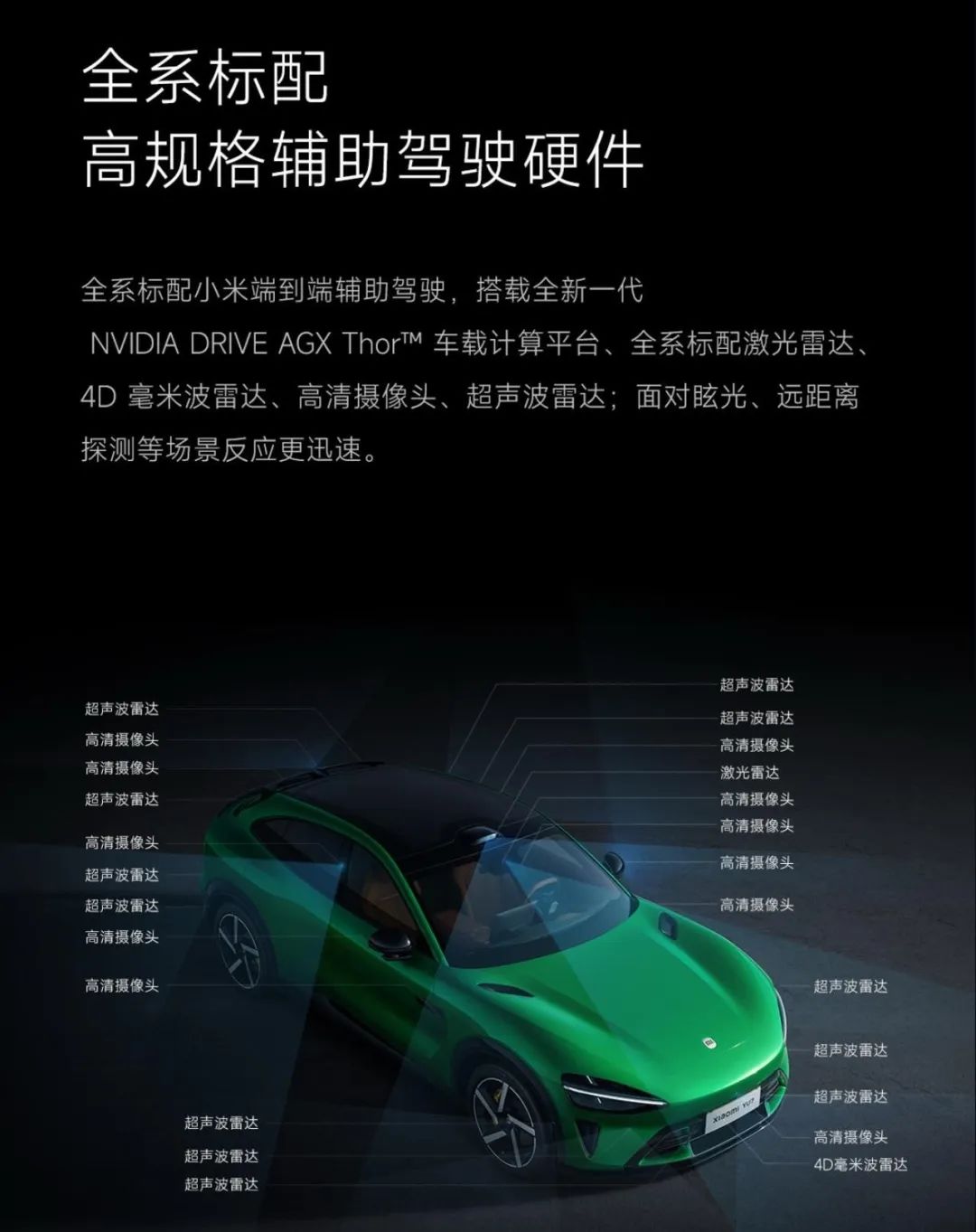
As for the assisted driving system, although specific capabilities were not demonstrated, the entire lineup comes standard with LiDAR, Nvidia Thor chips, 4D millimeter-wave radar, and other sensing hardware, making there no distinction between low-end and high-end configurations for assisted driving.
It can be said that although Lei Jun did not mention the accident at the press conference, from various aspects of YU7's product, many of the issues exposed by SU7 have been corrected.
Greater Ambitions
This press conference was somewhat disjointed in content. The first half focused on digital devices and smart home appliances, while the second half was dedicated to YU7. The two had little connection, but by arranging them in one press conference, Lei Jun hinted at his unspoken vision.
As the intelligentization of automobiles gradually deepens, the chip industry, especially high-performance chips, is gradually becoming an integral part of the automobile supply chain. From Nvidia's monopoly on high-end assisted driving chips to Qualcomm's unexpected rise in smart cockpits, these are all examples of the dimensional reduction attack of advanced chip technology.
Especially Qualcomm's successive generations of smart cockpit chips, which are all modified versions of mobile phone chips. Even the 8295 still requires an external automotive-grade MCU to ensure safety. However, it is undeniable that the 5nm 8295 is currently the most powerful in-vehicle chip.
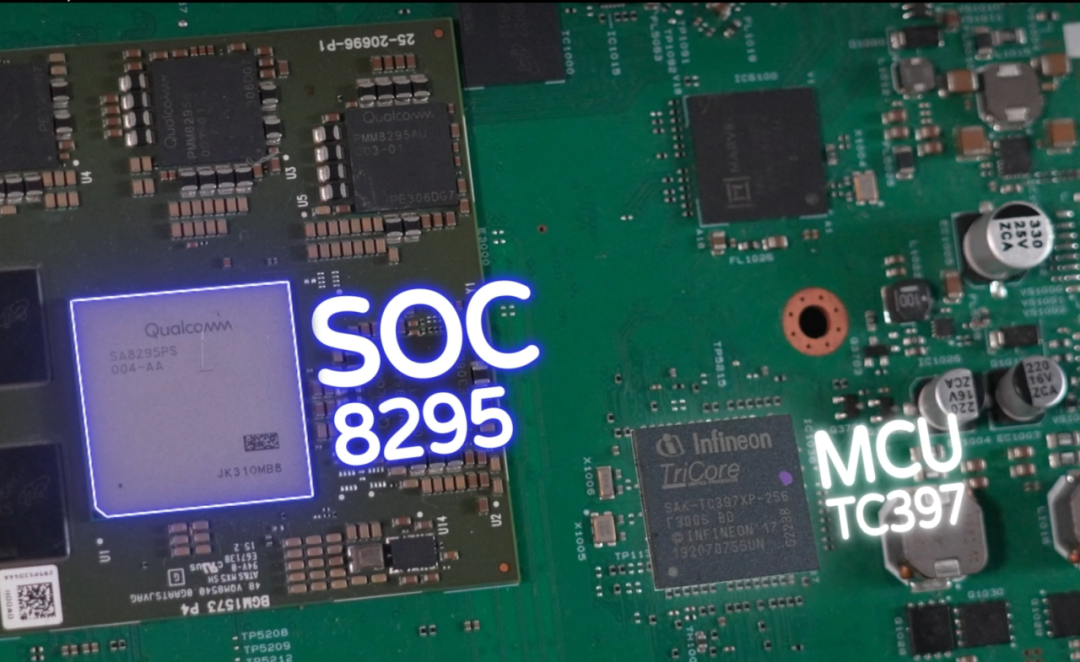
This dimensional reduction in manufacturing processes has left traditional in-vehicle chip manufacturers powerless to defend. After all, it is difficult for chip manufacturers still stuck at 28nm and 16nm processes to bridge such a large generation gap.
This requires automakers to act according to the whims of chip manufacturers. After Nvidia repeatedly delayed the Thor chip, many domestic manufacturers have embarked on the path of self-development. From new forces like NIO and XPeng to traditional automakers like BYD and Geely, they have all begun to focus on advanced manufacturing processes.
One of the reasons for Xiaomi Automobile's success lies in the software and hardware strength accumulated through digital products, which Huawei has also proven to be a competitive advantage for mobile phone manufacturers.
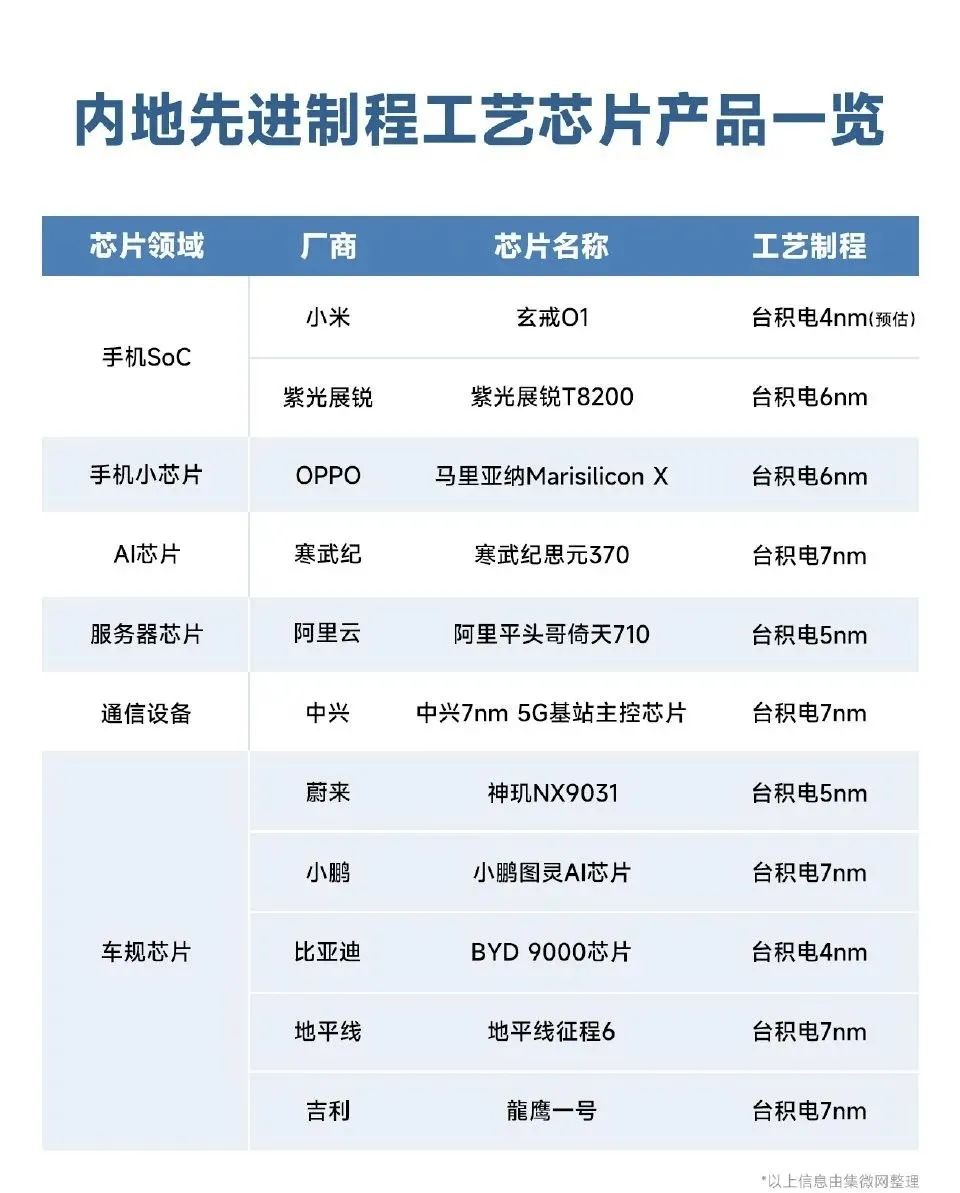
Especially with the support of self-developed chips, from HarmonyOS Cockpit to Kunlun Intelligent Driving, Huawei adopts an integrated supply method of software and hardware, achieving its current influence within the automobile industry.
If Xiaomi wants to achieve greater competitiveness, it needs to focus on the most fundamental chips. The success of a mobile phone SOC will bring about changes throughout the entire ecosystem.
Apple's experience with the A-series chips has allowed the M-series chips to successfully replace Intel, a general-purpose computer chip manufacturer, and has fully integrated the entire ecosystem.
Huawei has also gradually expanded from mobile phones to in-vehicle systems and the latest computer chips through self-developed chips. It can be said that the future will be an era of chip unification. The integration of the automobile ecosystem requires deeper interconnection and interoperability, and autonomous chip design will be inevitable.
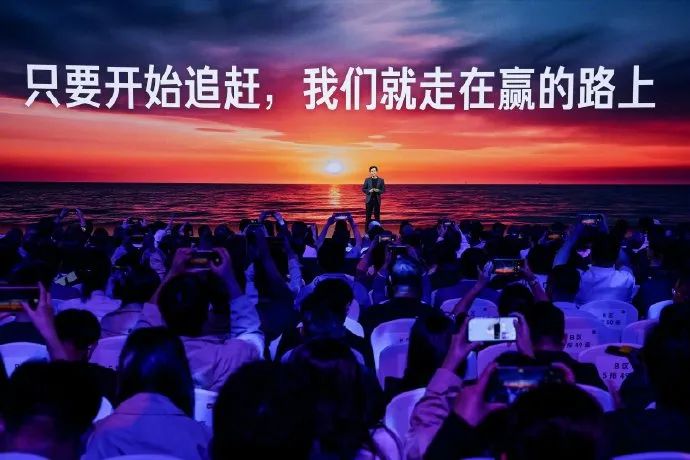
What Lei Jun did not mention is when the Xuanjie O1 chip will be used in Xiaomi Automobiles. After all, with tens of billions of investments, merely a mobile phone chip is too small for Xiaomi's current ecosystem. Achieving automotive-grade certification and integration in two or three years is a much bigger game.
When Xiaomi's chips are integrated into in-vehicle systems and even smart assisted driving, realizing true automobile self-development will mark a new phase for Xiaomi Automobile.
Moreover, self-developed chips are inherently a path for automakers to integrate their supply chains. BYD, the leading domestic new energy automobile manufacturer, not only self-develops and designs chips but also owns several automotive-grade chip manufacturing plants through acquisitions and integrations.
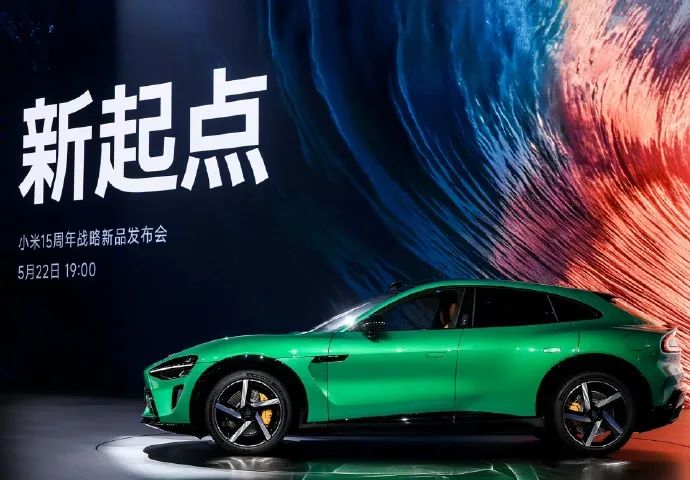
Lei Jun's layout for Xiaomi is still far-sighted. The moment the automobile manufacturing and chip plans were simultaneously launched in 2021, he already envisioned the future unified landscape of self-developed chips.
Currently, having a self-designed 3nm chip safeguarding YU7's debut has already ensured that YU7's public opinion direction will not falter. Especially now that chips have become an important strategic layout for the country, the binding of the two will maintain YU7's exposure until its official launch.
It can only be said that Lei Jun, who understands marketing, has already paved a new path for Xiaomi Automobile.
Note: Some images are sourced from the internet. If there is any infringement, please contact us for deletion.








